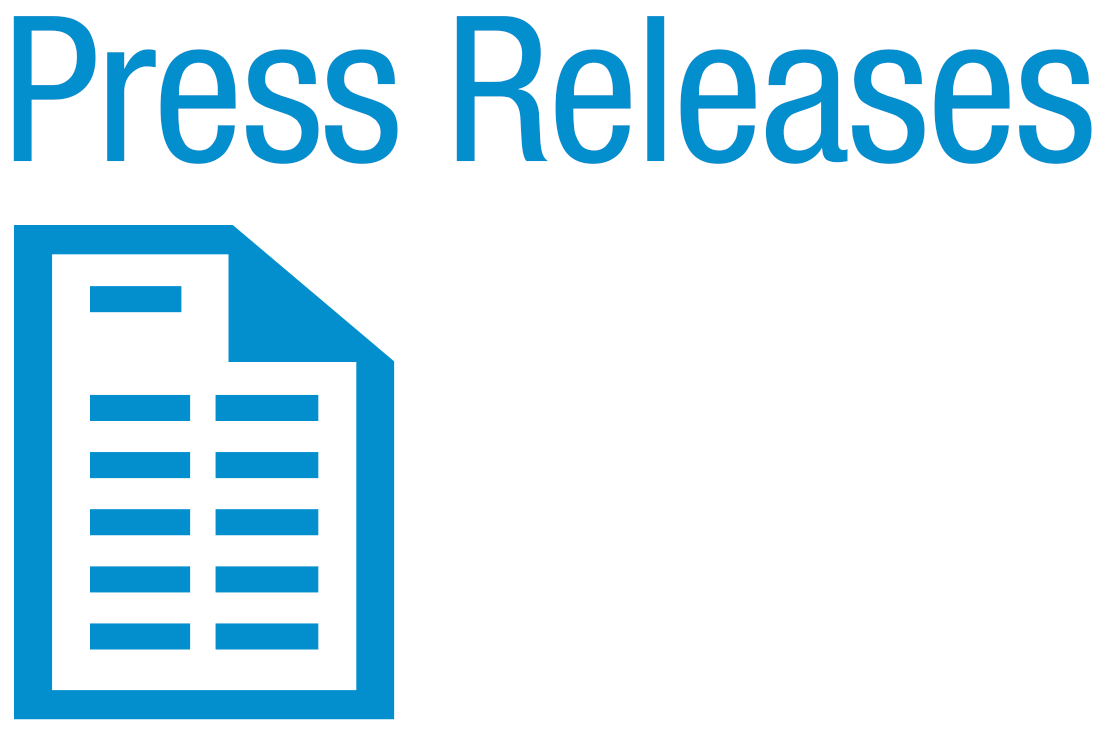
LeCroy Announces Advanced Optical Recording Test Package
Chestnut Ridge, NY — April 1, 2000.
LeCroy Corporation releases the Advanced Optical Recording Measurements (AORM) package, a new option for its high performance digital oscilloscopes (DSOs). Targeted to engineers who design or test DVDs, ASMO (Advanced Storage Magneto Optic) drives, R/W optical drives & media, and for testing of high performance CD drives/media, AORM adds five new parameter measurements, a new function that allows the DSO to "model" the performance (equalizer, slicer and PLL) of a DVD drive, new capabilities for clock period estimation, and an enhanced user interface.
In the optical recording market, there are several major ongoing technological changes. First, the data rate of CDs and DVDs has increased drastically, causing the need for the drives to switch from constant linear velocity (CLV) to constant angular velocity (CAV) or zoned constant linear velocity (ZCLV) for reading. This also causes the need for much higher sample rates. Secondly, next generation DVD and CD drives that require new types of performance verification measurements are starting to appear on the market. While DVD is similar to CD technology, there are some substantial differences, including the method of formatting of data on the drive. The third major technology change is the advent of "writeable" and "re-writeable" optical technology.
In order to meet the design and test needs of this marketplace, LeCroy is introducing an "advanced" version of it existing, very popular Optical Recording Measurements package. The "basic" ORM package contains 14 optical-recording-specific parameter measurements, six timing parameters and eight amplitude parameters. These allow engineers to measure delta Pit to Clock time, edge shifts, pit average amplitude, pit asymmetry, pit modulation amplitude and the timing jitter of pit/space widths compared to their ideal width.
There is also an "nT" display mode that allows the oscilloscope to prescreen waveform pits/spaces into widths ranging from 1T to 25T (where T is the clock period). The user can display the raw waveform from the device under test, parameter measurements, up to four trend lines (time-sequenced values) of parameter measurements, or up to four histograms showing the distributions of parameter values. All of these are valuable tools for verifying proper performance of a product or troubleshooting circuit/media problems.
With the new AORM package, users can adjust the cutoff frequency, boost, and bandwidth of the "model," which has default values for a 1x DVD drive. In so doing, engineers can simulate the performance of more advanced drives. Users can also provide a gate signal, which can be used to focus measurements to an area of interest.
New Parameters
The five new parameters are Beginning Edge Shift (BES), Beginning Edge Shift Sigma (BESS), Ending Edge Shift (EES), Ending Edge Shift Sigma (EESS) and Beginning and Ending Edge Shift (BEES). These measurements are made by determining the time between the measured waveform edges and the ideal clock. The clock period can be entered by the user, measured by acquiring the clock directly through input to the DSO, or by extracting the clock from the data. These parameters enable an engineer to measure the beginning and ending edge shift (and sigma) in marks, as well as spaces written to writeable optical disk media. When writing to a disk, the position and length of a mark or space is affected by the length of neighboring spaces or marks. This intersymbol interference is due to thermal effects on the media that lead to less beginning edge shift for long marks that are preceded by long spaces. Similarly, the ending edge shift is lowest for long marks followed by long spaces.
For a system in which data is encoded with pits/spaces of 3-8T, there are a total of 6 pit widths times 6 spaces times two measurements (beginning and ending edge shifts), which requires 72 separate measurements. In the past, it was cumbersome to perform and document the results of all these measurements. The AORM implementation automates this process—extracting all the marks/spaces, categorizing them, and calculating both the beginning and ending edge shift. It also creates easy-to-use tables of values for the data.
Availability
The AORM package is available for delivery in high performance LeCroy oscilloscopes (those with a sample rate of 1 GS/s or faster). Typical delivery time is 2-4 weeks. Both the ORM and AORM packages may also be purchased as an upgrade to previously delivered LeCroy scopes.
Engineers and technicians who would like to know more can contact LeCroy at 1-800-4LeCroy (1-800-453-2769) or visit the LeCroy web site (www.lecroy.com).
LeCroy, a U.S. Corporation established in 1964, designs and manufactures digital storage oscilloscopes, signal sources, waveform digitizers, and high-energy physics instrumentation. Manufacturing facilities are located at corporate headquarters in Chestnut Ridge NY. Direct sales and service offices are located throughout the United States, in all major European countries, in Japan, and throughout Asia.
Contact: Dr. Michael Lauterbach, LeCroy (914) 578-6057